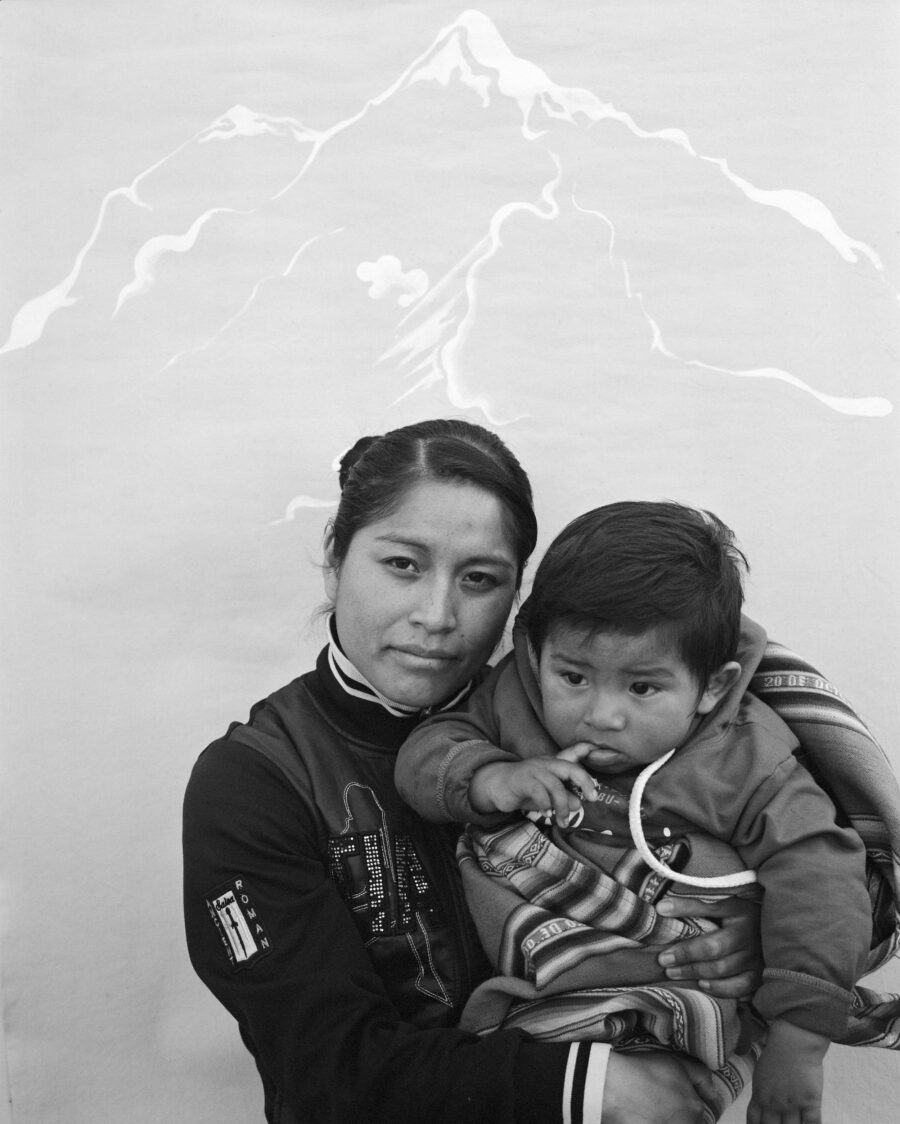Setting up a mobile studio in a Bolivian market, the photographer offered locals free portraits – Sergio Valenzuela-Escobedo speaks with him about collaboration, performance and the societal role of the itinerant photographer


Setting up a mobile studio in a Bolivian market, the photographer offered locals free portraits – Sergio Valenzuela-Escobedo speaks with him about collaboration, performance and the societal role of the itinerant photographer

The renamed Camera Club of New York builds community in both photography and its local neighbourhood

Diversity has never been hotter in the fashion industry. This year, more non-white, plus-sized, and transgender models have walked the runway than ever before, and a record number of black women have appeared on the covers of glossies worldwide. Alessia Glaviano, senior picture editor at Vogue Italia and director of the Photo Vogue Festival thinks we owe it to the internet. “I believe that nothing would have happened, or not this fast, in terms of inclusivity, if it wasn’t for social media,” she says. “It’s a progressive platform for talking about race, identity, sexuality, and disability.”
But diversity isn’t just a trend, it’s a reality. Years before #diversity began to take off, forward-thinking publications such as Vogue Italia were already poking holes in the industry’s representation problem, with initiatives such as the July 2008 “all black” issue. Vogue Italia is known for being adventurous, for setting a standard for cutting-edge fashion photography. Over the years has given artistic freedom to commissioned photographers such as Steve Meisel, Ellen von Unwerth and Miles Aldridge, who have shot stories unlikely to be seen elsewhere, engaging with themes such as plastic surgery and domestic violence.
“It’s been in our DNA since the beginning,” says Glaviano. “We’ve always been really engaged and committed to this part of fashion that can be very strong and influential.
“I’ve never believed in boundaries and labelling things,” she adds. “No one cares that Michelangelo was commissioned to create the Sistine Chapel. What they care about is the final result.”

The Portrait Issue returns this September just as The British Journal of Photography launches the return of Portrait of Britain, which will once again appear on digital JCDecaux screens across the country, in partnership with photography giant Nikon. Portraits have a rare capacity to capture a person, family and community in a way that reshapes a narrative or empowers an entire group of people. Each photoseries in this issue manages to shed new light on an individual or group and move beyond stereotypes to find a more honest truth – whether with a Roma group in the south of France, or a working class neighbourhood in The Netherlands.